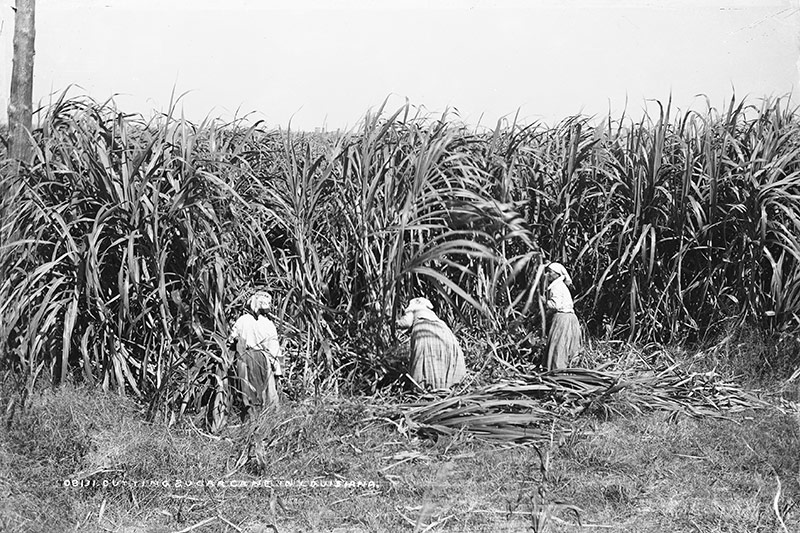Grade: Attendance, Section Discussion, and Participation 15% /// Map Quizzes 10% /// Midterm 20% /// Final Exam 25% /// Assignments 30%
ATTENDANCE AND PARTICIPATION: Students are expected to attend all classes and section, participate in its activities, and contribute to discussions. You are required to read and think about the assignments before discussing them. If you miss a class you are responsible for the material discussed and announcements made that day. If you miss a class, you may miss a MAP QUIZ.
MAP QUIZZES: Given the broad geographic concentration of this course, FOUR unannounced in-class map quizzes involving Europe, Africa, and the Americas will take place. Your top three graded quizzes will count 10% -you can miss one map in case you miss class that day, but not more than one. Maps are located in the Map tab in this blog (see the tab “Maps”) and they refer to both readings and the contents of lectures.
MIDTERM: You will have to identify four terms from a study guide that we will work over the first half of the course. In addition, you will be given two sets of fragments, quotations from the sources we have worked in-class. You will be asked to identify the source of the quotation (date, author, type of document, all to the best of your ability); and discuss the significance of the quotation, that is, how does the quotation tells us something about the larger historical context.
FINAL EXAM: This will be a combination of identifications and essays. Instructions will be posted in the tab FINALS.
ASSIGNMENTS: Students are expected to submit a total of THREE 1000-word papers. Explanations for each of these assignments will be in this blog. I will explain each assignment in class before each deadline. Students must submit a hard copy of the paper to professor by the deadline in class as well as an electronic copy to dropbox at EEE. Responses sent by e-mail will not be accepted. Late responses will be given a zero.
Leaning Outcomes: Arts and Humanities General Education
- Demonstrate knowledge and understanding of how different forms of art engage multiple sensory experiences.
- Communicate a recognition and understanding of diverse forms of expression across the globe, past and present.
- Demonstrate an understanding of the research and creative methods used in the construction of knowledge in the arts and humanities.
- Demonstrate a critical recognition of the historical and philosophical approaches to the formation of culture, including the impact of technology on aesthetic experience.
- Identify how different theories and practices, over time, shape our interpretation of cultural and creative expression.

